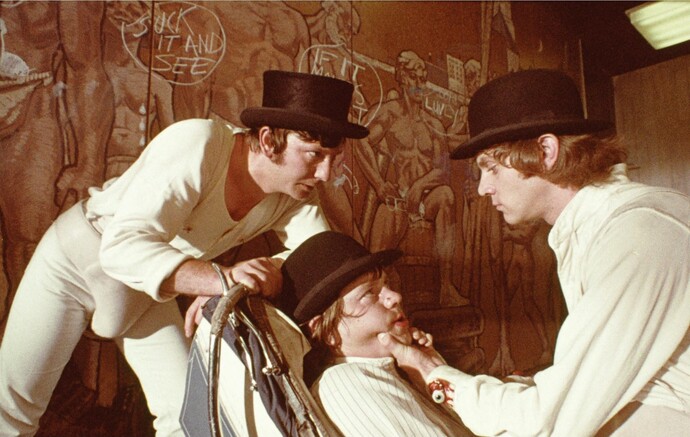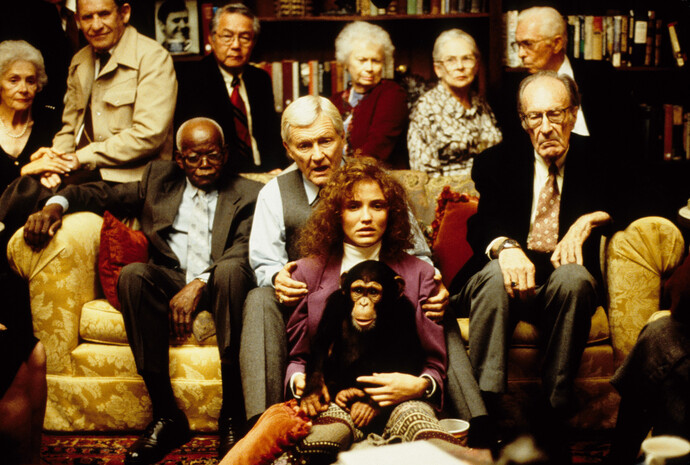The surrealism movement was known for its absurdist and nonsensical interpretations of reality—interpretations that were often dream-like, erotic, and disturbingly unnerving. That avant-garde style reached into all forms of art, including paintings, poetry, sculptures, and film. To this day, we can still spot traces of surrealist culture in modern movies, even if it’s certainly a niche market. Here’s a bit of a beginner’s guide to surrealist movies and the curious elements that drive them.
David Lynch and Surreal Movies
The first three movie examples on our list have all been created by director David Lynch, who gets his own section because he’s practically a master of the art form. Lynch is one of the few filmmakers who still uses the surrealist mode of address and has become world-famous for his peculiar, offbeat worlds. Best known for his absurd TV series Twin Peaks, let’s start with a look at his three most surrealist movies.
10. Blue Velvet (1986)
David Lynch tends to sway toward the crime-mystery genre, as the shadowy characters and ambiguous plotlines perfectly match the tone of surrealism. After all, surrealists favor the subconscious over the conscious, dreams over reality, darkness over light. Blue Velvet taps into this idea and stirs up controversy with its unsettling sadomasochistic themes. Dennis Hopper stars as the twisted drug lord Frank Booth, who forces lounge-singer Dorothy (played by Isabella Rossellini) into sex slavery. College grad Jeffrey (played by Kyle MacLachlan) ends up entangled in their illicit world, which grows darker and weirder with each scene. The extremity of violence and erotica in Blue Velvet—especially for an 80s film—makes it more than just a little wacky. It’s completely and utterly surrealist. Perhaps Dalí would approve.
9. Mulholland Drive (2001)
Mulholland Drive isn’t as thematically surrealist as Blue Velvet, but the narrative logic (or lack of logic) certainly is. Lynch has spoken extensively on his daily practice of transcendental meditation to get his creative juices flowing, and this is evident in films like Mulholland Drive. How else could Lynch come up with such intricately bizarre storylines, if not by subconscious exploration? This mystery-thriller follows the survivor of a car crash (played by Laura Harring) who stays with an aspiring actress (played by Naomi Watts) until she regains her memory. For a Lynch film, Mulholland Drive starts off relatively normal, but then things get a little… freaky. It might take more than one watch to fully grasp all the twists and turns of this psychological movie, which blends dreams, reality, imagination, and deception into one surrealist mesh.
8. Eraserhead (1977)
Lynch’s directorial debut was a disturbing black-and-white indie horror starring Jack Nance. Eraserhead opens to the head of Henry Spencer (played by Jack Nance) floating in the sky. Then, we move from outer space to an industrial landscape where Henry moves into a one-room apartment with his girlfriend and his alien-looking baby. A whole bunch of wild stuff happens, and Henry discovers the baby has no skin. It’s simply a pile of organs held together by a blanket. Eraserhead is eccentric, to say the least. Lynch certainly came into the film industry with a bang! The atmospherics and grotesque imagery of Eraserhead—alongside the oftentimes nonsensical plot—carves out a unique space for it to occupy in the surrealist indie film world.
7. Trainspotting (1996)
Trainspotting isn’t strictly a surrealist film per se, but it does offer some uncannily surrealist sequences that work as a good stepping stone into the movement. The film centers on a group of heroin junkies, and Trainspotting uses drugs to explore the frenzied subconscious world. Examples of surrealist scenes include: the baby crawling on the ceiling; the “Worst Toilet in Scotland” sequence; and the characters’ array of nightmarish visions when put under the influence (or when they’re in withdrawal). Danny Boyle’s black-comedy is one of the most popular British indie films, mostly thanks to its daring hallucinogenic scenes and its rejection of capitalist society. If you enjoy the likes of Trainspotting, you’re already on the way to appreciating surrealism!
6. Eternal Sunshine of the Spotless Mind (2004)
Michael Gondry uses surrealist imagery as a lens into the human psyche—specifically memory, pain, and love. Eternal Sunshine of the Spotless Mind follows a dream-like rationale, where Joel Barish (played by Jim Carrey) has the memories of his volatile girlfriend Clementine (played by Kate Winslet) wiped. Viewers are taken through the vaults of Joel’s mind while he undergoes the procedure, venturing through the uncanny landscape of his deepest desires, fears, memories, and hopes. The surrealist mood of Eternal Sunshine of the Spotless Mind is mostly crafted through its cinematography, with images glitching in fragments. It’s a good starting point for surrealism, with more melancholy hopefulness and not as much grotesque darkness.
5. Donnie Darko (2001)
Donnie Darko generally follows the typical cause-and-effect narrative we’ve come to know in movies. Well, at least up until the end. Then, director Richard Kelly takes a surrealist approach to non-linear time, with fans still theorizing the finale’s meaning two decades on. Jake Gyllenhaal stars as the troubled teenager Donnie, who sleepwalks and hallucinates his way through high school. He’s the only one who can see Frank, a giant creepy-looking bunny who warns him that the world is going to end in 28 days, 6 hours, 42 minutes, and 12 seconds. What could be more surrealist than a giant talking bunny rabbit? The “Mad World” of Donnie Darko made it an instant cult classic, eerily skirting on the edges of avant-garde surrealism.
4. Synecdoche, New York (2008)
A postmodern psychological drama that blurs fiction with reality, Synecdoche, New York implements surreal-realism. That’s sort of oxymoronic, isn’t it? But trust us, it’s a thing. Philip Seymour Hoffman stars as theater director Caden Cotard, who becomes plagued with physical ailments. While his body continuously fails him (yet he somehow remains alive), Caden focuses on his work and spirals into the obsessed artist archetype. The story world of Caden’s stage and the reality of his (increasingly isolated) life begin to fuse together in a semi-surrealist haze. Doppelgangers, meta-references, and Jungian psychology make Charlie Kaufman’s movie a truly one-of-a-kind must-watch.
3. 8½ (1963)
Federico Fellini wasn’t a full-fledged surrealist, but he did like to dip his toe (or leg) in the field. One of his best examples is 8½, an Italian comedy-drama starring Marcello Mastroianni. Mastroianni plays the stunted filmmaker Guido Anselmi, who struggles to get his new movie off the ground. Overwhelmed by his emotions, Guido wanders around his thoughts and the fantastical world he creates. A soulful powerhouse of surrealism, 8½ won two Academy Awards back in the 60s. Shot in black-and-white as a hallmark of the avant-garde, its ambition is met with wit and grace. Fellini tapped into his own experiences when crafting this snapshot into the madness—and inspiration—of life.
2. A Clockwork Orange (1971)
A Clockwork Orange is still pretty controversial despite its iconic cult status. Director Stanley Kubrick even withdrew the film from public showings in Britain until his death in 1999. Aside from its depictions of questionable morals and intense graphic scenes, some people disliked the film simply because because it’s plain weird. And by weird, we mean surrealist. Malcolm McDowell stars as psychopathic Alex, who gets into some odd situations, including experimental correction therapy. From the jarring Nadsat dialect (a blend of Russian and English) to the “droogs” futuristic costumes, everything about A Clockwork Orange is peculiar.
1. Being John Malkovich (1999)
Surrealism loves to be self-reflexive, embedding intertextual references into its mixed-up world—and few films are as self-aware and satirical as Being John Malkovich (which you could probably guess from its title). Spike Jonze directs this surreal fantasy comedy, starring John Cusack as an eccentric puppeteer. Cusack’s Craig Schwartz finds work at an office with an impossibly low ceiling and, discovering a hidden tunnel, enters a portal into John Malkovich’s body. Yep, you read that right. Malkovich plays a caricature of himself, and he even enters the portal at one point, transporting him into a world full of Malkoviches that can only say the word “Malkovich.” It’s pretty mad, yet remains a movie that everyone should experience at least once in their lifetime!
Honorable Mentions
Beyond the films listed above, there are several other honorable mentions worth checking out once you’ve gotten a taste for the weird and wonderful world of surrealist movies:
Un Chien Andalou (1929)L’âge d’or (1930)The Exterminating Angel (1962)Belle de Jour (1967)The Discreet Charm of the Bourgeoisie (1972)The Phantom of Liberty (1974)

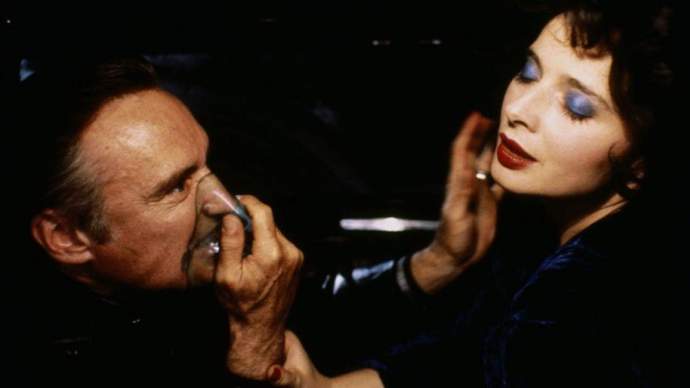



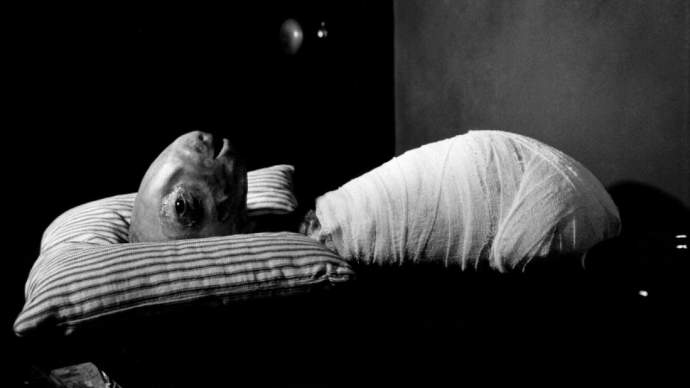


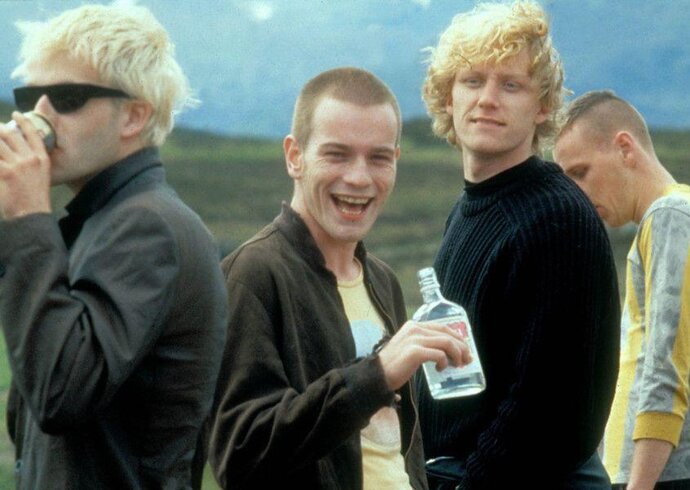

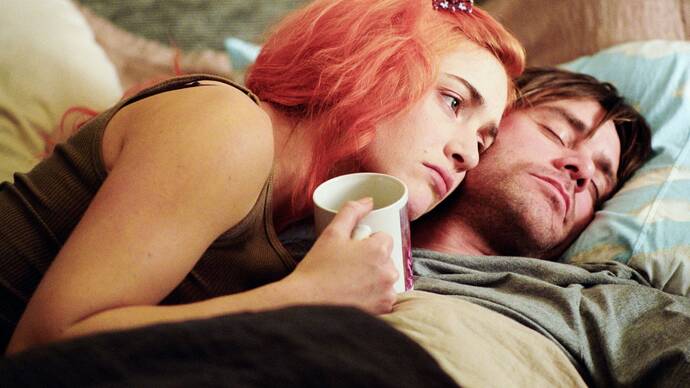

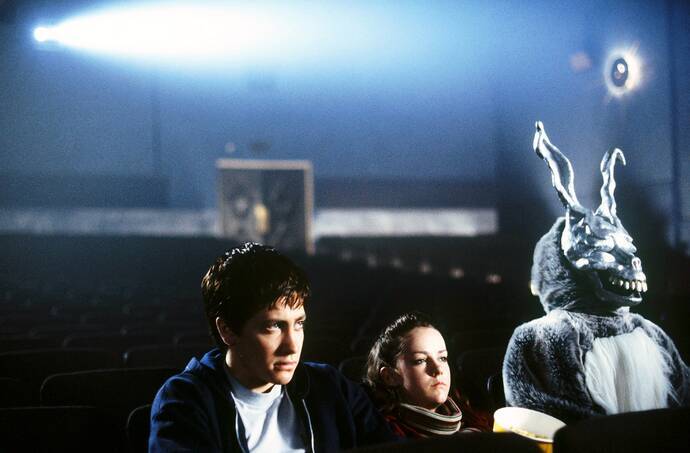

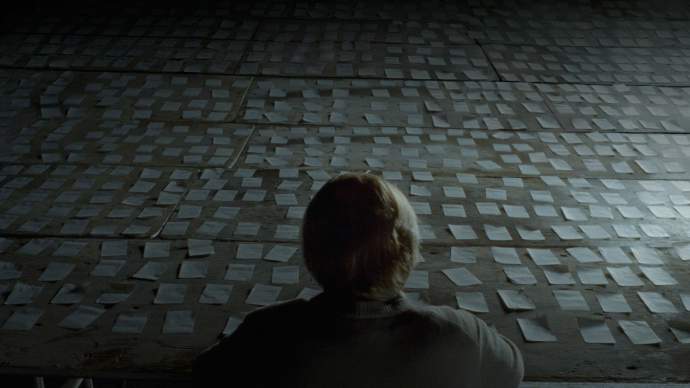

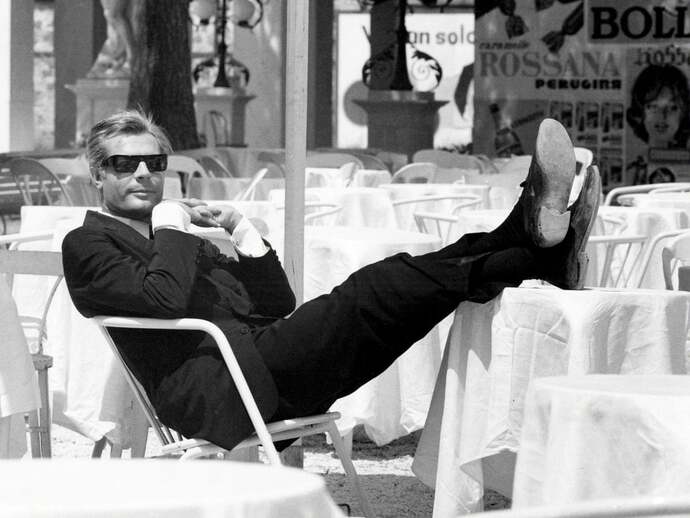
![]()
